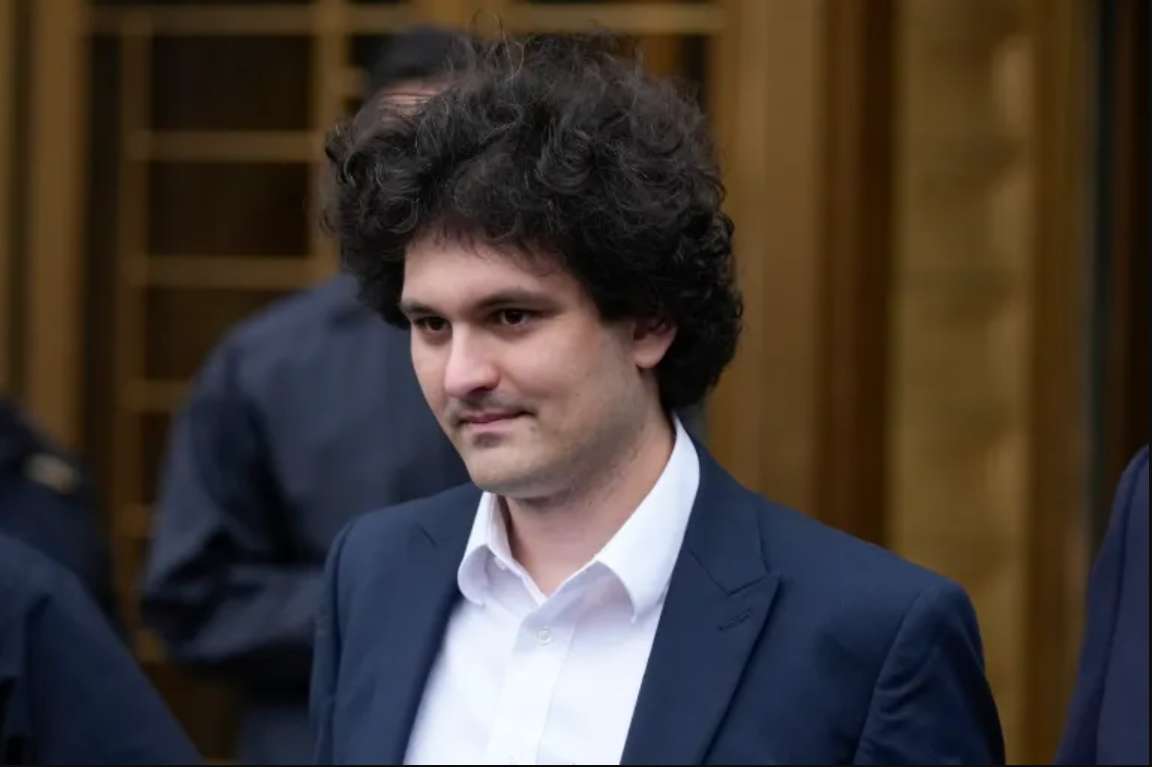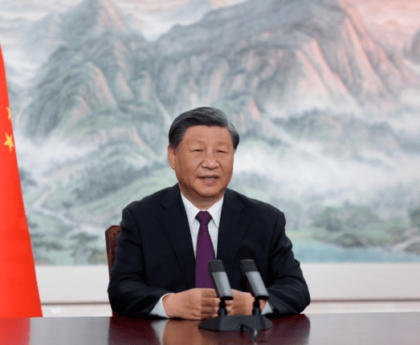The former cryptocurrency industry mogul, Sam Bankman-Fried, who once led FTX, has made appearance in court as part of his ongoing trial.
He faces a battery of allegations including misleading investors, embezzlement, and defrauding customers.
Bankman-Fried, aged 31, testified before the judge as the jury was excused for this phase of the proceedings.
The trial centers around Bankman-Fried’s actions during his tenure as the CEO of FTX, as prosecutors contend that he engaged in dishonest practices, illegally siphoning off funds from investors and lenders while orchestrating an intricate web of financial mismanagement.
Bankman-Fried has staunchly defended his actions, asserting that his decisions were based on legal advice, and he proceeded in good faith.
To ascertain the admissibility of his testimony, Judge Lewis Kaplan temporarily dismissed the jury, giving Bankman-Fried an opportunity to present his arguments in a controlled setting.
This move also allowed the courtroom to conduct a rehearsal before Bankman-Fried addresses the jury directly.
Also Read: Former Cryptocurrency Billionaire Sam Bankman-Fried Denied Bail Ahead of Trial
Among the issues scrutinized by the former crypto CEO were his choices to configure certain group chats for automatic deletion, which he contended adhered to record-keeping policies established by his legal team.
Bankman-Fried emphasized that he had engaged in extensive consultations with his legal advisors, including deliberations on personal loans he received from Alameda, as well as Alameda’s role as a “payments processor” for FTX.
When questioned by his attorney Mark Cohen about his reliance on legal guidance, Bankman-Fried affirmed, “Yeah, of course.”
He expressed confidence in his legal team’s ability to ensure compliance with the necessary formalities, such as the preparation of bank account applications for his companies.
Notably, prosecutors have contested Bankman-Fried’s defense, asserting that his reliance on legal advice is irrelevant if his lawyers were not adequately informed.
Judge Kaplan refrained from an immediate ruling on the admissibility of Bankman-Fried’s testimony but expressed skepticism about certain aspects of his arguments.
The court will make its decision regarding the testimony’s admissibility in the following session.
Despite the inherent risks, including exposing himself to prosecution questioning and potentially unfavorable impressions from the jury, Bankman-Fried’s appearance in court was highly anticipated.
While defendants in the United States are not legally compelled to testify, it is a strategic choice that can significantly influence the outcome of a trial. Analysts following the case speculated that he would opt for this approach to present his side of the story and challenge the narrative put forth by the prosecution.
The prosecution’s case hinges on testimony from three of Bankman-Fried’s close associates who have already pleaded guilty.
These witnesses have directly linked Bankman-Fried to financial transactions involving FTX deposits used to repay Alameda Research lenders, acquire property, make investments, and contribute to political campaigns.
They argue that he concealed these financial transfers between the two entities, supported by text messages, spreadsheets, and social media posts.
The trial has seen these witnesses, including Bankman-Fried’s former girlfriend and ex-CEO of Alameda Research, Caroline Ellison, withstand rigorous cross-examination, largely maintaining their credibility.
While Bankman-Fried’s defense asserts he adhered to “reasonable” business practices in the midst of rapid company expansion, the case’s outcome remains uncertain.
After the collapse of his enterprises last year, he acknowledged managerial errors in media interviews but has consistently denied fraudulent intent.
The judge’s decision regarding the admissibility of Bankman-Fried’s testimony and the subsequent jury deliberation will determine the trial’s conclusion.




